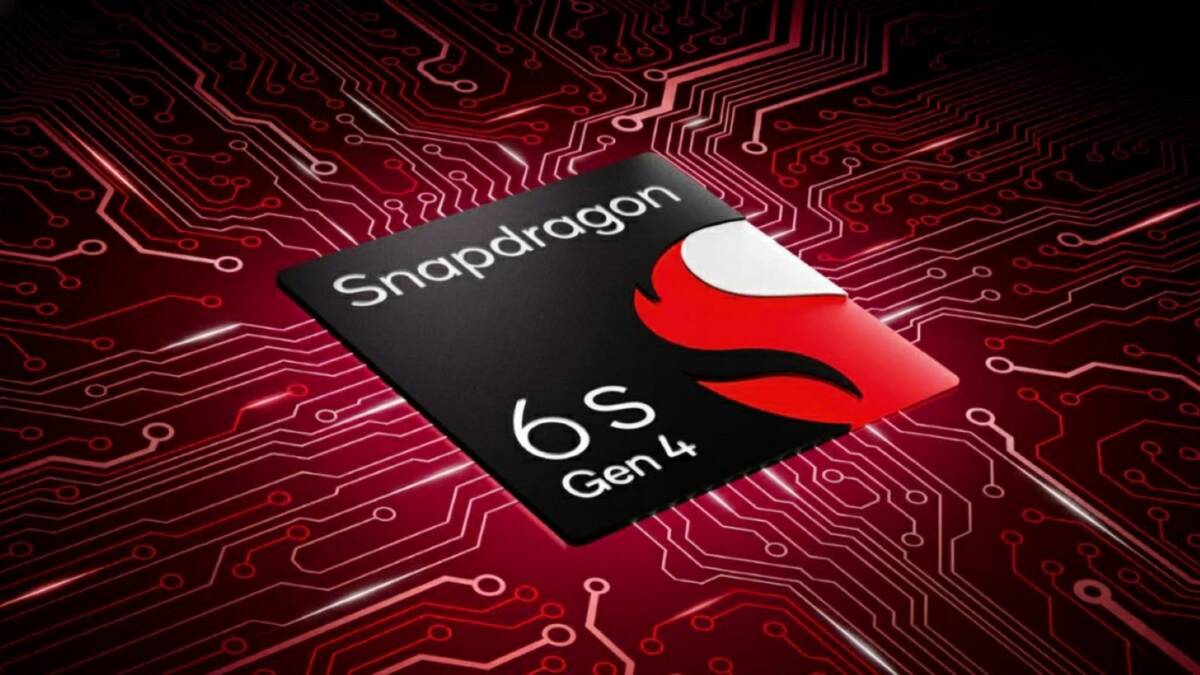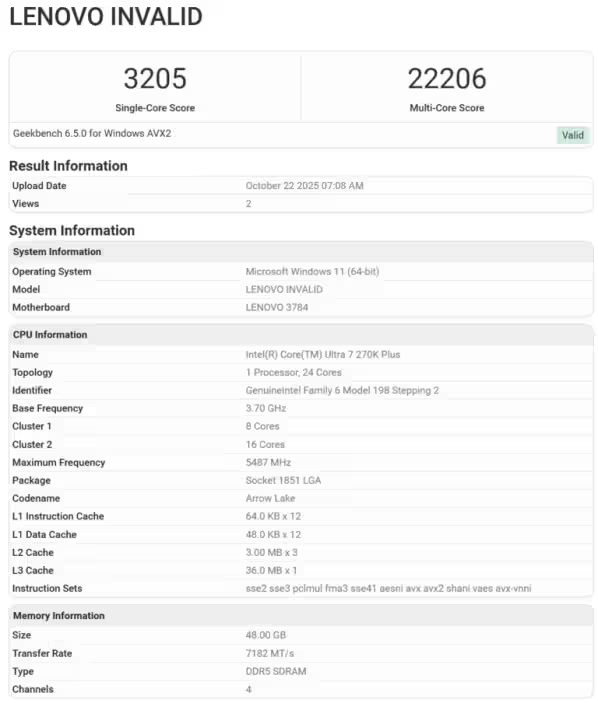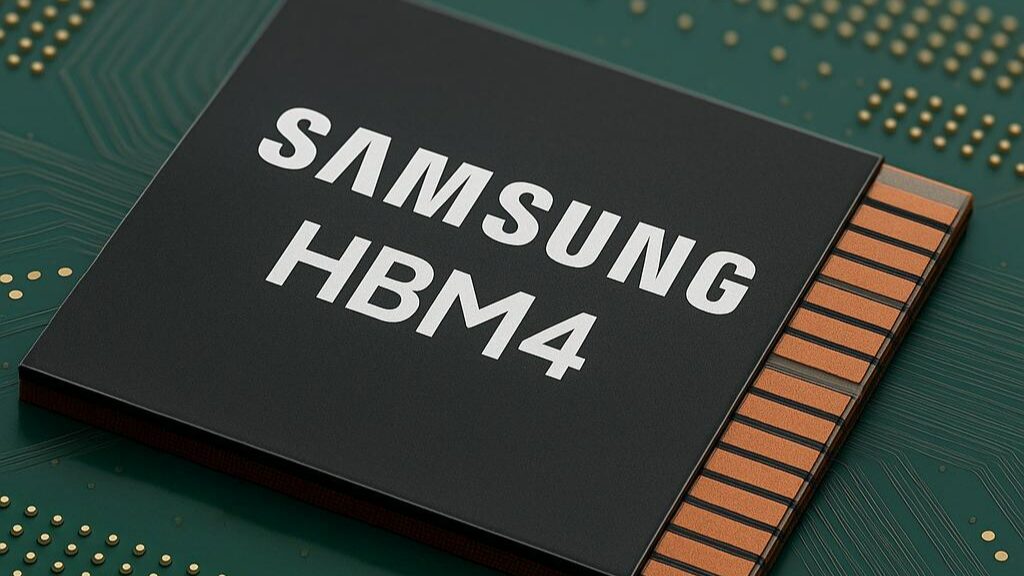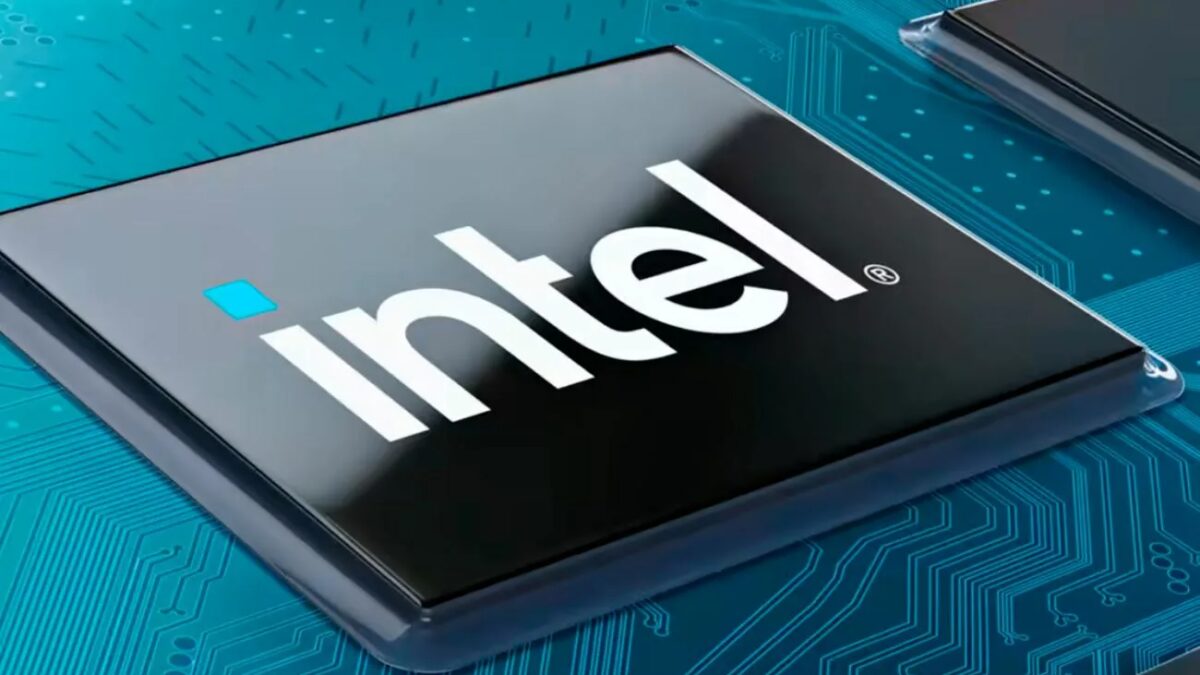A big leak about Google’s Tensor G5 and G6 processors has hit the web

Google is planning major changes to its Tensor processors with the release of the Tensor G5 and Tensor G6, which will be used in future Pixel models. For the first time since their introduction, Tensor chips will move from using Samsung’s technology to TSMC’s process, which should lead to improved performance and power efficiency.
The Tensor chips will move from Samsung’s technology to TSMC’s process, which should lead to improved performance and power efficiency.
Tensor G5, codenamed «laguna», will form the basis for the Pixel 10 and will be manufactured using TSMC’s 3nm process (N3E), which is also used in Apple’s A18 Pro chips for the iPhone 16 Pro. The process is considered one of the most advanced to date.
Pixel 10 will be based on TSMC’s N3E process.

- Processor: updated cluster with 1 Cortex-X4 main core, 5 Cortex-A725 performance cores and 2 Cortex-A520 energy efficient cores.
- Graphics: a new 1.1GHz dual-core GPU from Imagination Technologies (model DXT-48-1536), which for the first time in Tensor chips will support ray tracing and graphics virtualization, improving virtual machine performance.
- Artificial Intelligence: an increase of 14% in AI tasks is expected thanks to the new NPU (neural processor).
.
The next generation, Tensor G6 (codenamed «malibu»), will be manufactured on the even more advanced 3nm TSMC N3P process. This process promises:
- .
- A frequency increase of 5% over N3E.
- Reduction in power consumption by 7%.
- Chip area reduction by 4%.
The move to TSMC technology with the Tensor G5 and G6 chips should thus enhance Google’s competitiveness in the smartphone market by providing better performance, energy efficiency and improved AI and graphics capabilities.
So, the move to TSMC technology with the Tensor G5 and G6 chips should improve Google’s competitiveness in the smartphone market by providing better performance, energy efficiency and improved AI and graphics capabilities.







